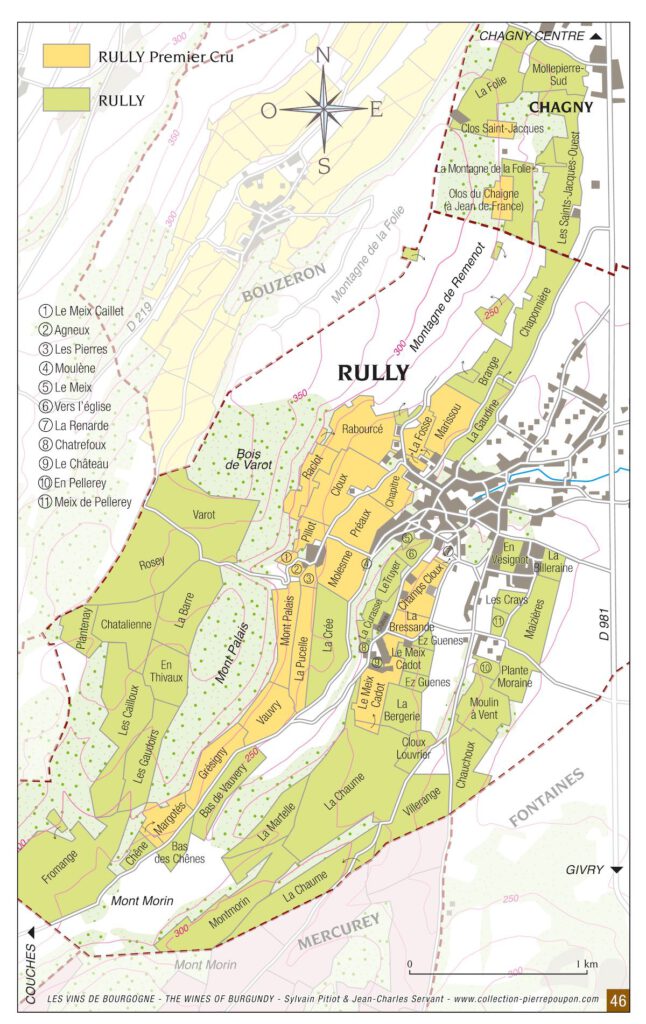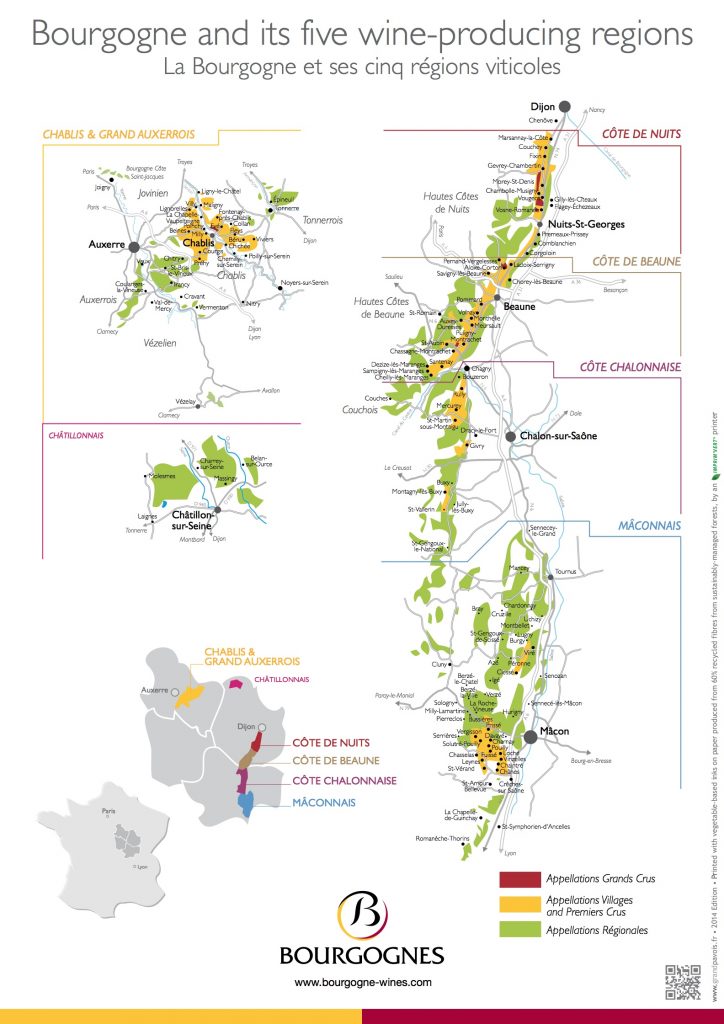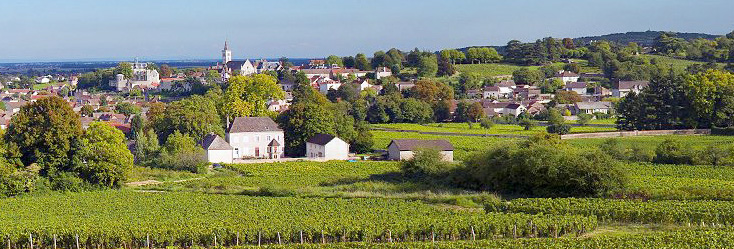Burgundy is home to some of the world’s greatest Pinot Noir and Chardonnay + a splash of Aligoté.
In our Getting Your Head Around Burgundy, we’re exploring the main villages of Burgundy, its viticulture, winemaking, classifcation systems, and, of course, Burgundy’s wines.
Part 13 explores the Village of Rully in the Côte Chalonnaise near the border with the Côte de Beaune.
Make sure you join our community to get the latest articles from the Wine Bites Mag as they come out. You’ll find all of our Burgundy related articles here.
There’s a quick refresher on the regions of Burgundy at the end of this post to help you place yourself within Burgundy and France as a whole.
See all of our wines from Rully
The Village of Rully
The AOC, Rully was created in 1939 and makes both Chardonnay (2/3rds) and Pinot Noir (1/3rd). It has 23 climats classified Premier Cru.
Situated at the end of the Côte de Beaune region, it marks the begining of the Côte Chalonnaise.
Rully is a village with a long history. It boasts a château which has been in the same family for six centuries, a church with an elegant bell-tower, as well as fine houses and parks. The abbey of Saint-Bénigne in Dijon, the powerful Maison de Vergy, and the Dukes of Bourgogne have all played their part in the history of these vineyards in the Côte Chalonnaise. Since the early 19th century it has been, in addition, an important centre for the making of Crémant de Bourgogne.
Notable producers in the region include:
Domaine Vincent Dureuil-Janthial
Domaine de Villaine – Aubert de Villain of Domaine de la Romanée-Conti’s personal project.
The geography and geology of the Rully
This video provides an overview of the geography and geology of the Rully as explained by Jean-Pierre Renard.
See Rully through the eyes of local winemakers Felix Debavelaere
Felix Debavelaere, from Domaine Rois Mages mentions the different personnalities of the Rully appellation. It is not easy to put it in a single box, not only because it can be produced in red and white but also because the wines can show different characters according to where the vines are planted.
Detailed Map of the Rully

The Regions of Burgundy
The best bit of Burgundy is a thin strip running from North to South around 50km in length, to the South East of Paris
It’s split into three main regions, within each of these regions there are villages which have specific single vineyards planted in them to the varieties red varieties: Pinot Noir and Gamay, and the white varieties: Chardonnay and Aligoté, a lesser variety that produces some fun wines at more affordable prices.
The three main regions in the strip South of Dijon are:
- Côte D’Or – meaning the Golden Slope, derived from it’s original name, Côte d’Orient, East Slope, within which rest:
- Côte-de-Nuits – South of the city of Dijon and North of the town of Beaune famous for it’s Pinot Noir. The best known villages are: Gevrey-Chambertin, Morey-St-Denis, Chambolle-Musigny, Nuits-St-Georges and Vosne-Romanée. 5% of Burgundy production including Chablis.
- Côte-du-Beaune – The area around and South of Beaune famous for Chardonnay including the 5 Grand Cru vineyards and many very good Pinot producing vineyards. The best known villages are: Puligny-Montrachet, Chassagne-Montrachet, Mersault, Volnay, Pommard and Saint Aubin. 10% of production including Chablis.
- Côte-Chalonaise – Mixing more affordable Chardonnay and Pinot that can be of excellent quality. The villages of Rully, Mercurey and Givry producing their best wines.
- Mâconnaise – The least regarded of the main regions, still capable of producing some very good wines. Becoming a shining light for value with the ever increasing prices of Burgundy.
In addition to these, the two regions of Beaujolais, mostly producing Gamay, (at the South end of the Dijon Strip) and Chablis, mostly producing Chardonnay (between the southern part of Champagne and Dijon) are part of the Bourgogne wine region.


You must be logged in to post a comment.